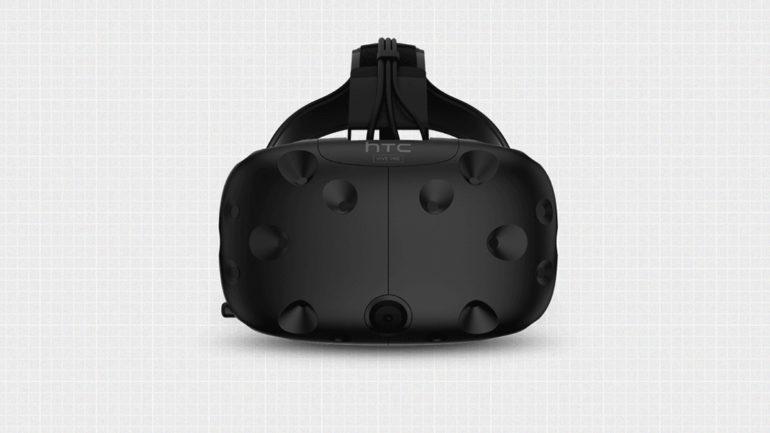Doctors Look to Virtual Reality to Treat Chronic Pain
By Sam Desatoff
LOS ANGELES (Variety.com) – Virtual reality is a technology with seemingly limitless potential, not just in the gaming space, but across a range of industries. The health field, in particular, is interested in the potential applications of VR tech to assist patients suffering from chronic pain. In his talk at GDC, David Putrino, Ph.D., walked through his organization’s efforts to leverage virtual reality in the medical space.
Putrino works as an assistant professor at the Ichan School of Mount Sinai, an integrated network of hospitals and medical facilities spread out across New York City. Currently, the Mount Sinai health system encompasses eight hospitals, more than 45 ambulatory practices, and the Ichan School.
In addition to being an assistant professor, Putrino runs Mount Sinai’s Abilities Research Center, where specialists are working to develop new ways to treat chronically painful illnesses. According to Putrino, there is only so much medications can do to help with chronic pain. In fact, he said that a very small percentage–less than 30 percent–of patients who experience neuropathic pain benefit from medications. Putrino and his team are looking for ways to bypass the need for medications, and VR may just be the solution they’re looking for.
“We have this whole network of neurons that are affectionately called ‘mirror neurons…’ that will fire and get excited whether you’re performing a task, or just
watching
someone perform a task,” he said. “What that means is just the act of observation, or just the act of imagination can actually trigger a whole network of neurons.”
Effectively, these mirror neurons are capable of serving as a backdoor to the human nervous system. By utilizing VR and presenting patients with an imagined or virtual space, their mirror neurons could potentially be triggered, opening up a host of possibilities in terms of neurological treatment. In theory, pain receptors could be tricked into submission this way. In Putrino’s sample, he noted that there was an average of a 40 percent reduction in pain for patients within ten minutes of exposure to a virtual space.
According to Putrino, this theory has roots in the mirror box experiments pioneered by neuroscientist Vilayanur Ramachandran. These experiments were an effort to cure amputees of phantom limb syndrome, a neurological disorder that can cause pain in a hand or foot that doesn’t exist. By putting the intact limb into a box with a mirror, the presence of the reflection can create an illusion of having both limbs and allow the victim to stretch out the phantom pains.
Now, Putrino hopes to adapt this sort of neural trickery to the VR space. The problem is that not all chronic pain patients can benefit from such a method. After all, while you may be able to replicate hands or feet in virtual reality, there’s no way to simulate a damaged spine.
“Around 80 percent of people with chronic spinal cord injury also have a condition called ‘chronic neuropathic pain,’” he said. “This is basically your nervous system telling you that there is something wrong with one or many of your limbs, but there’s actually nothing wrong.” For these cases, pain medication doesn’t work, and neither does virtual reality.
Putrino said that there are some promising experimental methods to combat neuropathic pain. For example, he described a prototype medical device he called a “stentrode,” a combination of a stent–used to open up blocked passageways in the body–and an electrode. The premise is that the stentrode would be inserted into the brain of, say, an ALS patient. The stentrode would then be removed leaving behind the electrodes to heal into the blood vessel. The electrodes could then be used to monitor brain activity of the patient. From there, the possibilities are numerous. Putrino hopes to make significant headway on this project by the end of this year.
As with any research, Mount Sinai has encountered its fair share of roadblocks along the way, the least of which is the dismal rate of success for health technology startups. Statistically, about 98 percent of health startups are declared dead before they even see a single patient. With the health technology industry generating over $85 billion a year, Putrino said there’s no excuse for such a statistic. Still, he’s optimistic about his team’s efforts.
“I really think we’ve got a cool job,” he said closing out his talk.. “It’s been a really interesting experience, trying to understand agency within a virtual reality experience. We really hope this is something that we’ll be able to scale up to lots of people who are in pain.”

